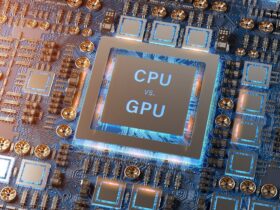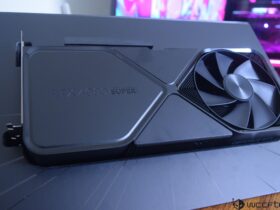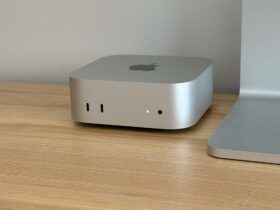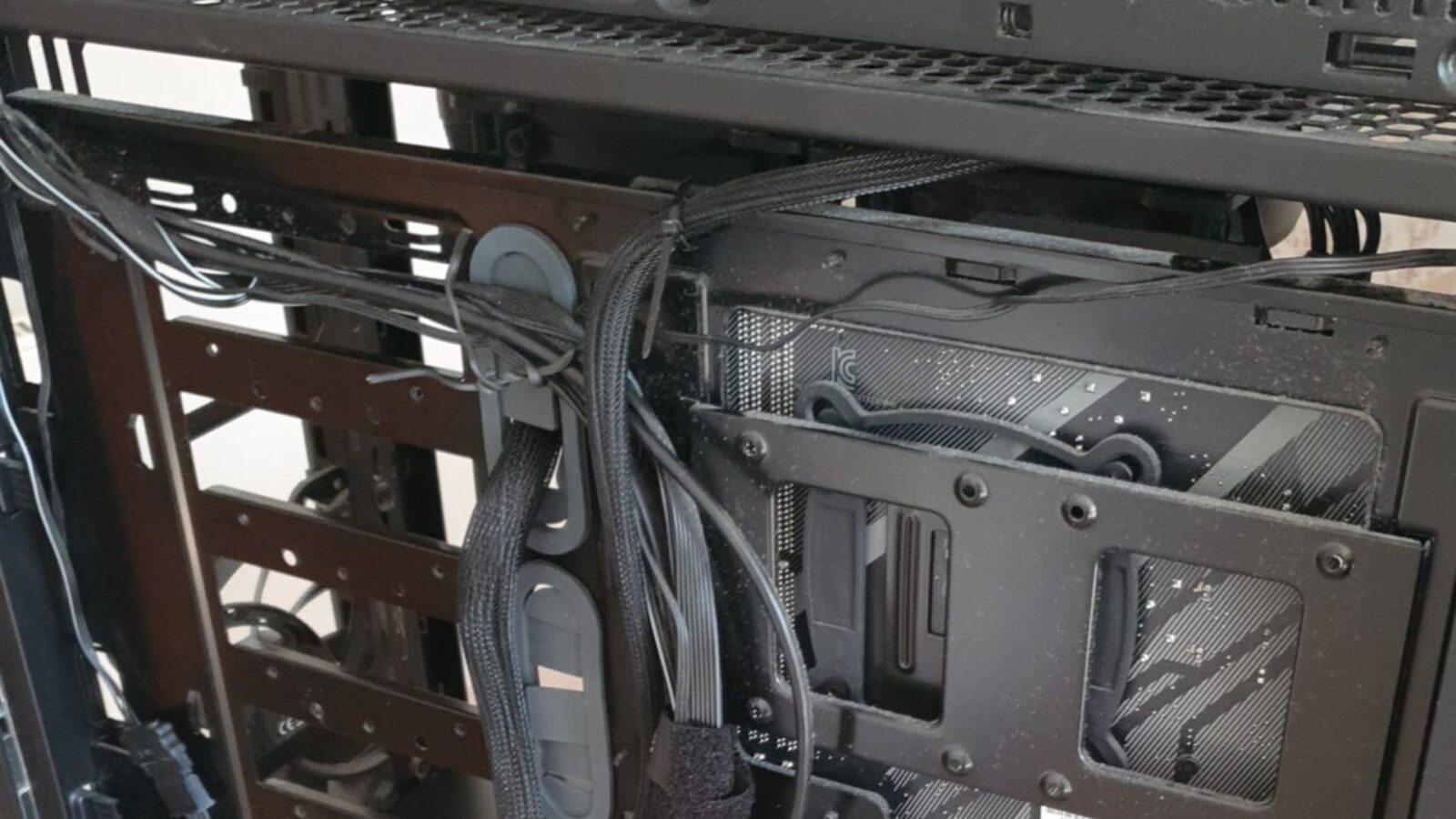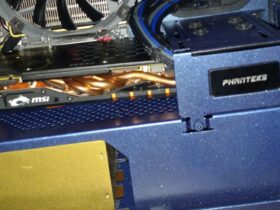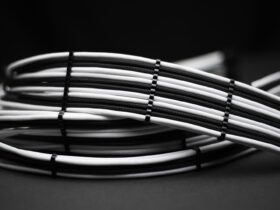Daftar Isi
When assembling a PC, cable management often takes a back seat to more exciting components like CPUs, GPUs, and RGB lighting. However, neglecting proper PSU cable management can lead to a tangled mess of wires, reduced airflow, and compromised aesthetics. Fear not! In this article, we’ll explore essential tips for achieving a clean and organized build.
Plan Ahead: Before the Build
Embarking on a PC build journey is not just about assembling components; it’s an opportunity to create a visually appealing and efficiently functioning system. One key aspect often overlooked is PSU cable management—the art of organizing and routing cables within your PC case. Here are some expert tips to help you master PSU cable management like a pro:
Visualize Your Layout for PSU Cable Management
- Component Placement: Before you start connecting cables, visualize where each component will be situated within your case. This includes the motherboard, GPU, CPU cooler, and storage drives. Understanding their positions will guide you in selecting appropriate cable lengths.
- Cable Paths: Identify the most efficient paths for your cables, both power and data. Plan routes that minimize crossing cables unnecessarily, ensuring optimal airflow and a clutter-free interior.
- PSU Location: Depending on your case’s design, determine whether the PSU will be mounted at the top or bottom. Visualize how PSU cables will reach your components and plan accordingly.
Choose the Right Cables
- Modular PSUs: Investing in a modular PSU can significantly simplify cable management. These power supplies feature detachable cables, allowing you to connect only the necessary ones. This eliminates excess cables, reducing clutter and improving airflow within the case.
- Custom Sleeved Cables: For enthusiasts looking to elevate their PC aesthetics, custom sleeved cables are an excellent option. These cables come in various colors and patterns, adding a touch of elegance to your build. Beyond aesthetics, custom sleeved cables can also help with cable organization by distinguishing between different cables types and functions.
By carefully visualizing your layout and selecting the right cables, you can achieve a clean and professional-looking PC build that not only performs optimally but also impresses with its aesthetic appeal. Remember, effective PSU cable management is not just about tidying up wires—it’s about enhancing the overall functionality and visual appeal of your PC.
Read More: SFX PSU vs ATX PSU: Choosing the Right PSU Size
During the Build: Taming the Cables
Building your dream PC is an exciting endeavor, but amidst the thrill of selecting components and assembling them, PSU cable management often gets overlooked. However, proper PSU cable management is not just about aesthetics—it’s crucial for maintaining optimal airflow and ensuring easy maintenance in the future. Here’s a step-by-step guide to help you achieve impeccable PSU cable management in your PC build:
Start with the Essentials
- 24-Pin ATX Cable: Begin by connecting the 24-pin ATX cable to the motherboard. This cable provides power to the motherboard and is essential for the system to function properly. Route it neatly along the case edge to prevent it from obstructing airflow or interfering with other components.
- CPU Power Cable: Next, attach the 8-pin or 4+4-pin CPU power cable to the corresponding connector on the motherboard. Follow the case’s designated cable channels to ensure a clean and organized layout.
Bundle and Hide
- Velcro Straps or Zip Ties: Use velcro straps or zip ties to bundle cables together neatly. Group similar cables, such as SATA power cables, to minimize clutter and make it easier to identify and manage them in the future.
- Cable Channels and Grommets: Take advantage of your case’s built-in cable channels and grommets. These features are designed to help you route cables behind the motherboard tray, keeping them out of sight and maximizing airflow within the case.
- Avoid Overstuffing: Resist the temptation to cram excess cables into tight spaces. Overstuffing can impede airflow and make it challenging to perform future upgrades or maintenance tasks. Leave ample room for airflow and ensure that cables are neatly arranged to facilitate easy access when needed.
By following these simple steps and investing a little time and effort into cable management, you can transform your PC build into a clean and organized masterpiece. Not only will it enhance the overall aesthetics of your system, but it will also contribute to better airflow, improved component longevity, and hassle-free maintenance in the long run.
Conclusion
Effective PSU cable management isn’t just about aesthetics; it impacts performance and longevity. A well-organized build ensures proper airflow, reduces dust accumulation, and makes troubleshooting easier. So, take your time, route those cables thoughtfully, and enjoy a clean, efficient PC.








